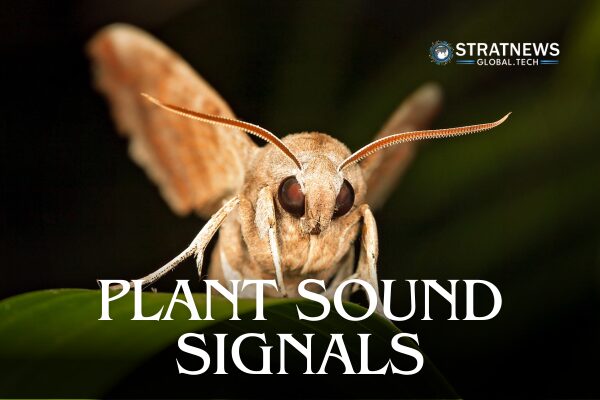Plants and Insects May Communicate Through Sound, Study Finds
Researchers from Tel Aviv University have discovered that plants and insects might communicate using sound. This finding could open a new chapter in understanding how living organisms interact in nature. The study, published in eLife, shows that female moths can hear ultrasonic distress signals from dehydrated tomato plants. These signals help moths decide where to lay their eggs. Typically, moths choose tomato plants as they provide essential food for their larvae.
The research team, led by Dr Rya Seltzer and Guy Zer Eshel from Tel Aviv University’s Wise Faculty of Life Sciences, carried out detailed experiments. In their study, female moths faced two healthy tomato plants. One plant had a speaker emitting ultrasonic sounds recorded from stressed, drying plants. The other plant remained silent.
Results showed that moths preferred the silent plant for laying their eggs. This suggests that moths can recognise these distress sounds and avoid plants that are under stress.
Plants Emit Sounds Humans Cannot Hear
Earlier studies by the same research group revealed that plants emit ultrasonic sounds when stressed. These sounds are inaudible to humans but detectable by many insects and mammals, such as bats.
This latest research confirms that insects can interpret these ultrasonic signals from plants. Interestingly, the female moths did not react to ultrasonic sounds emitted by male moths. This indicates they specifically respond to sounds produced by plants.
A New Field of Study in Nature
Professor Lilach Hadany from the research team explained, “Here we’ve seen that there are animals that are capable of making sense of these sounds.” She believes this discovery is just the start. Many animals might be listening to plants more than we realise.
The team’s findings could pave the way for more research into sound-based interactions between plants and other creatures.
with inputs from Reuters


